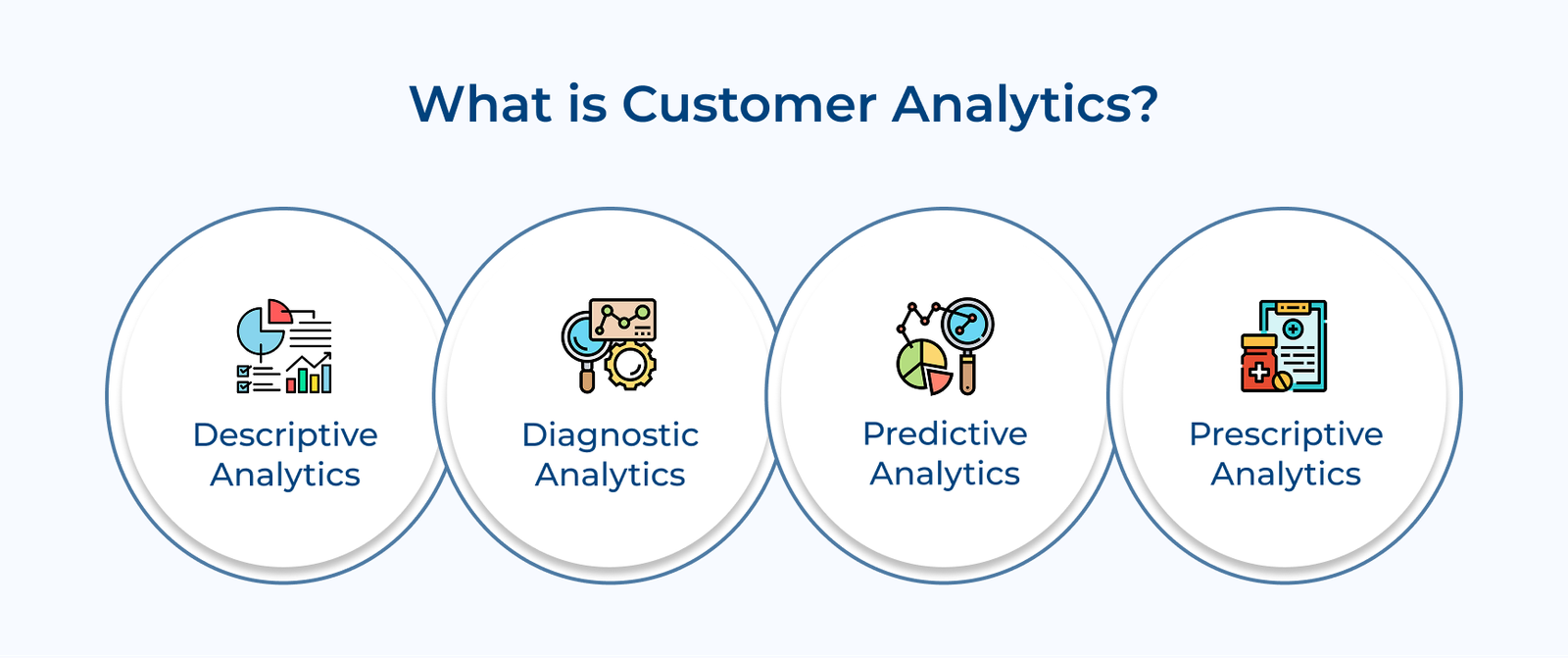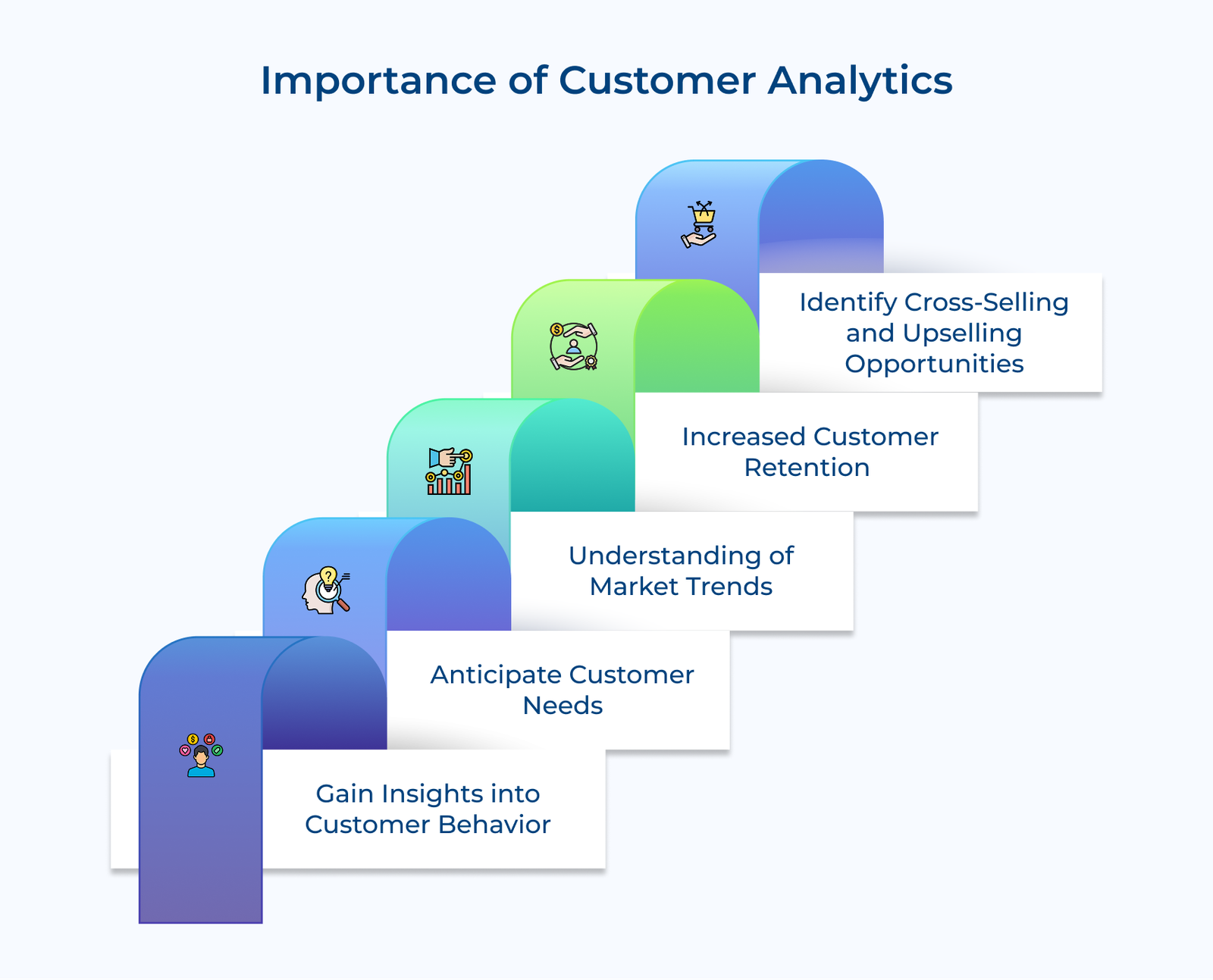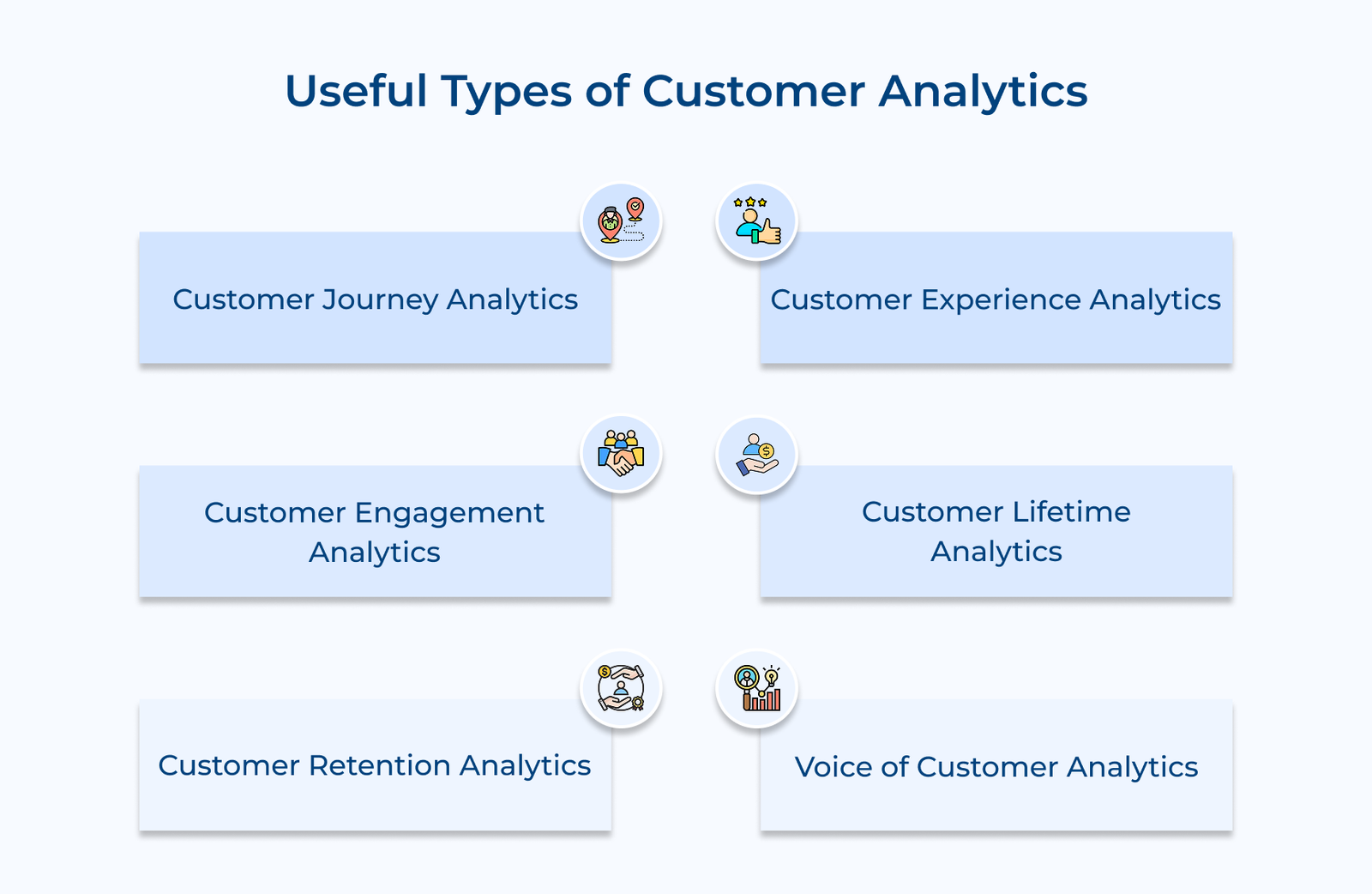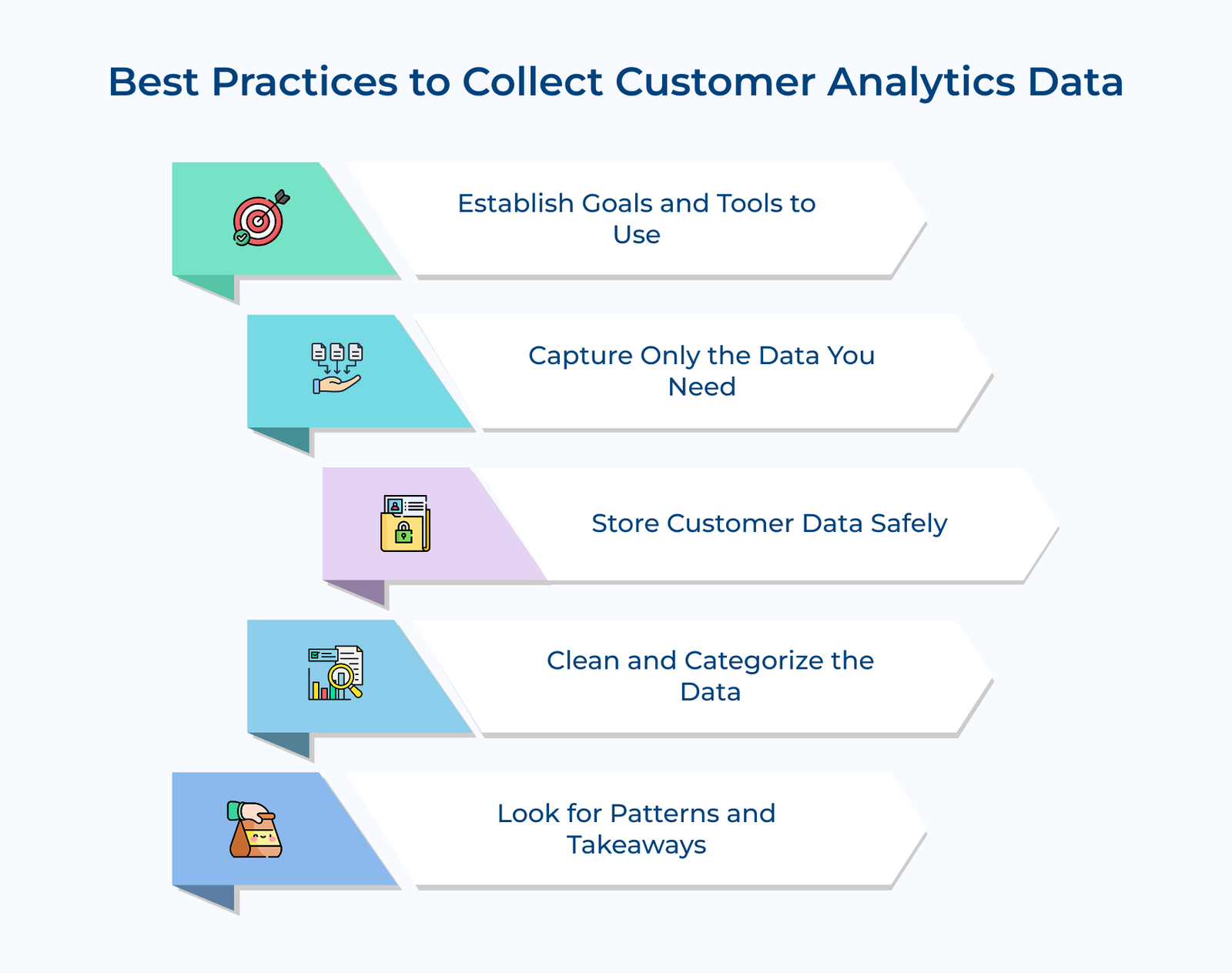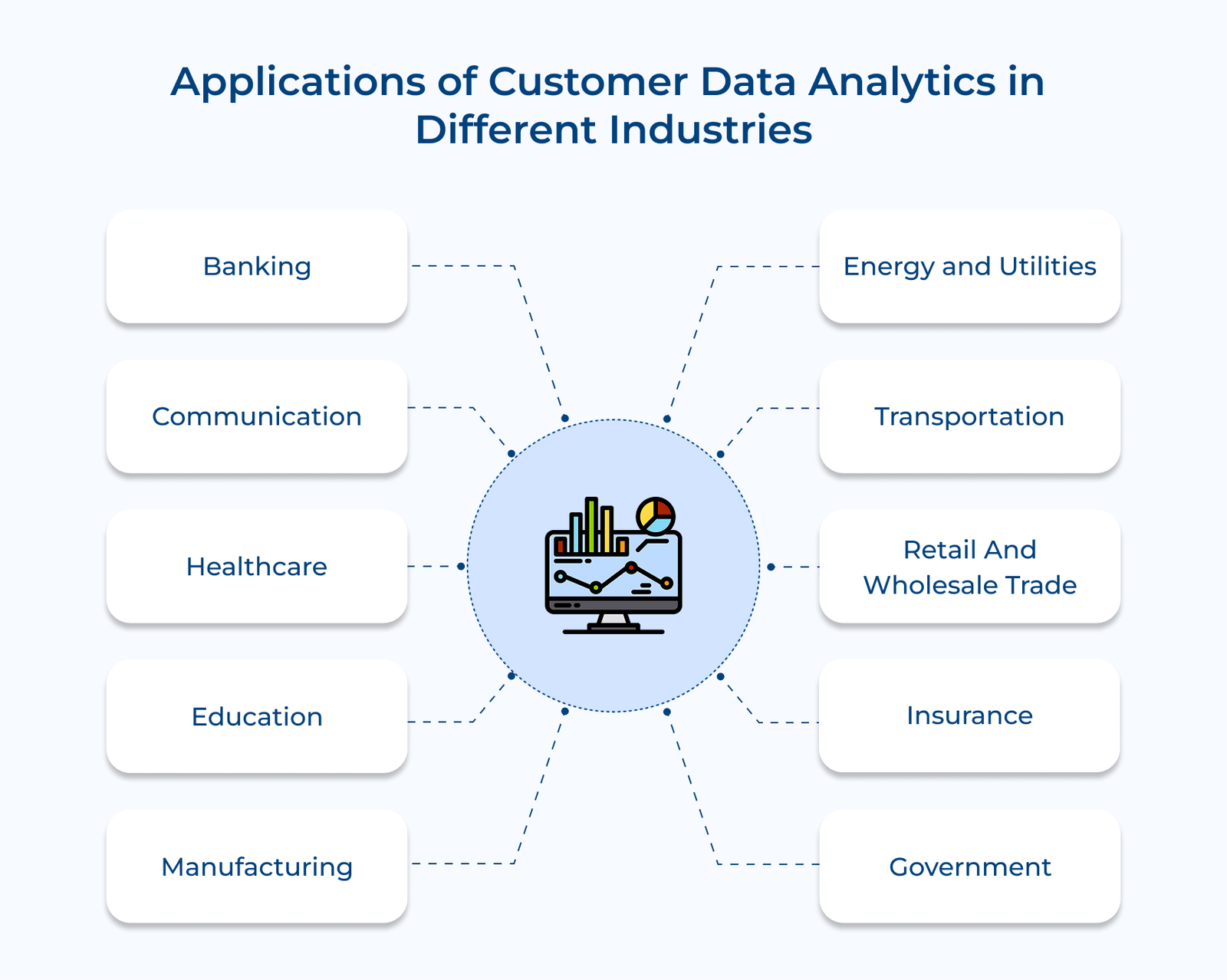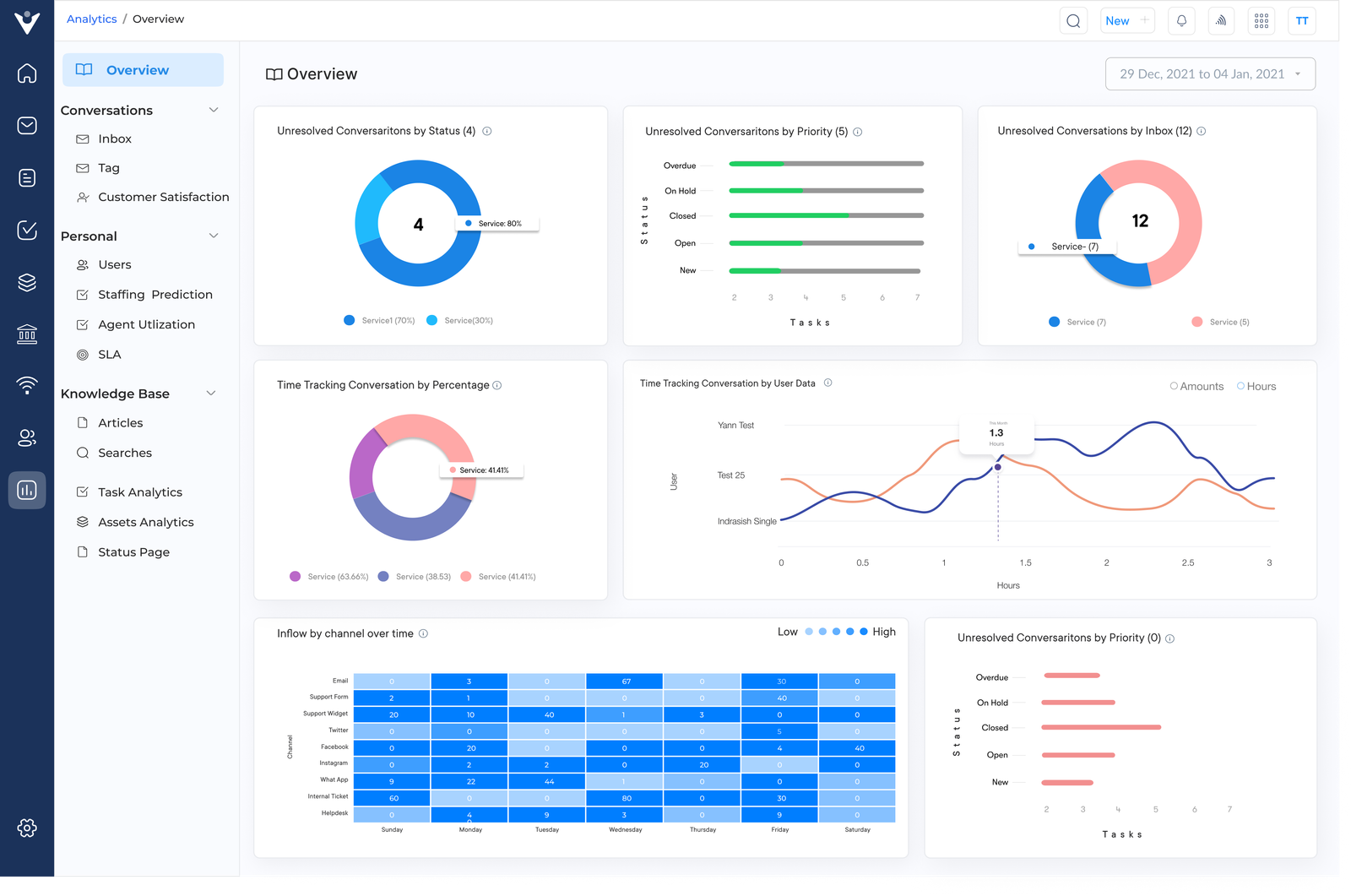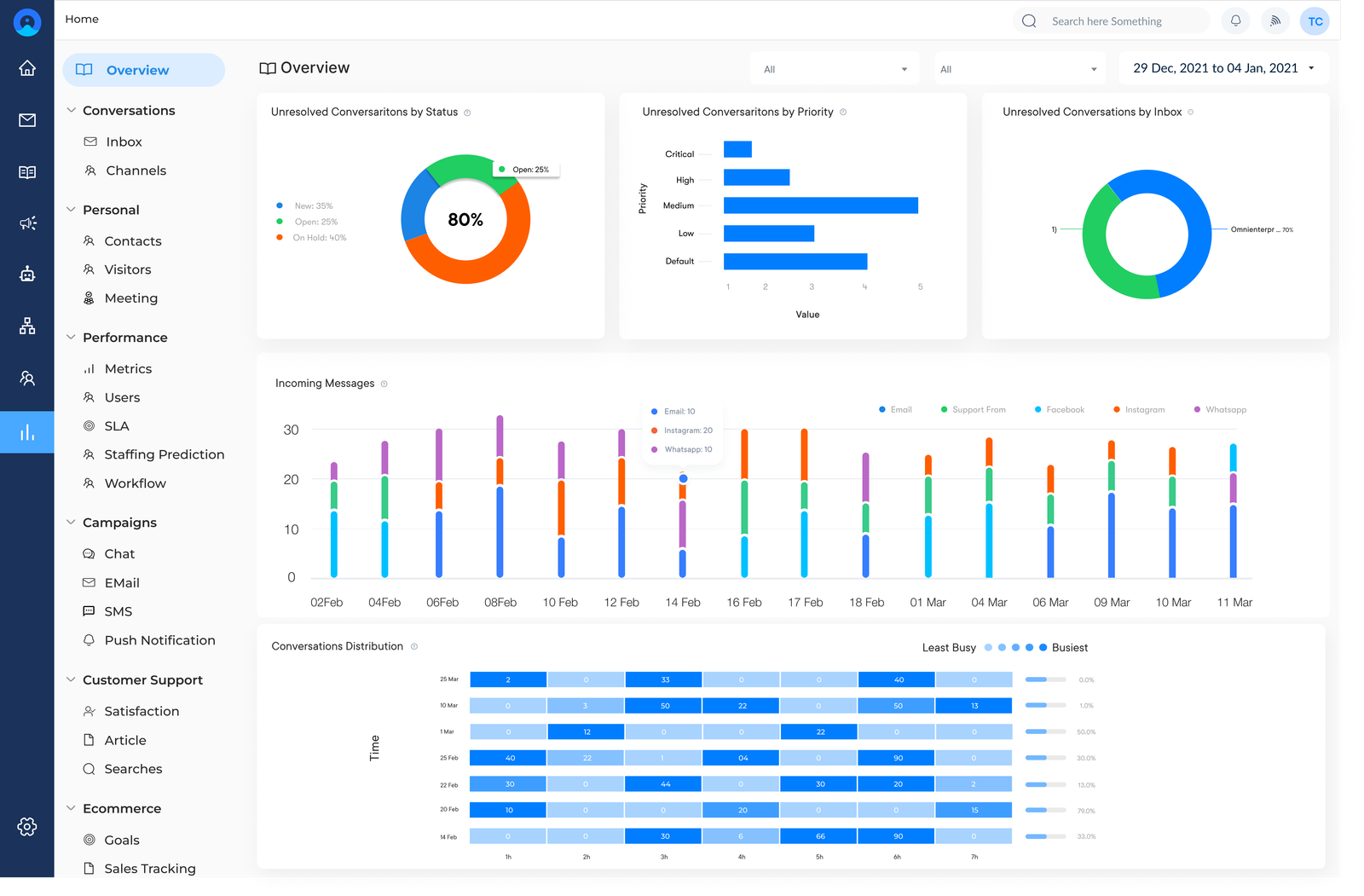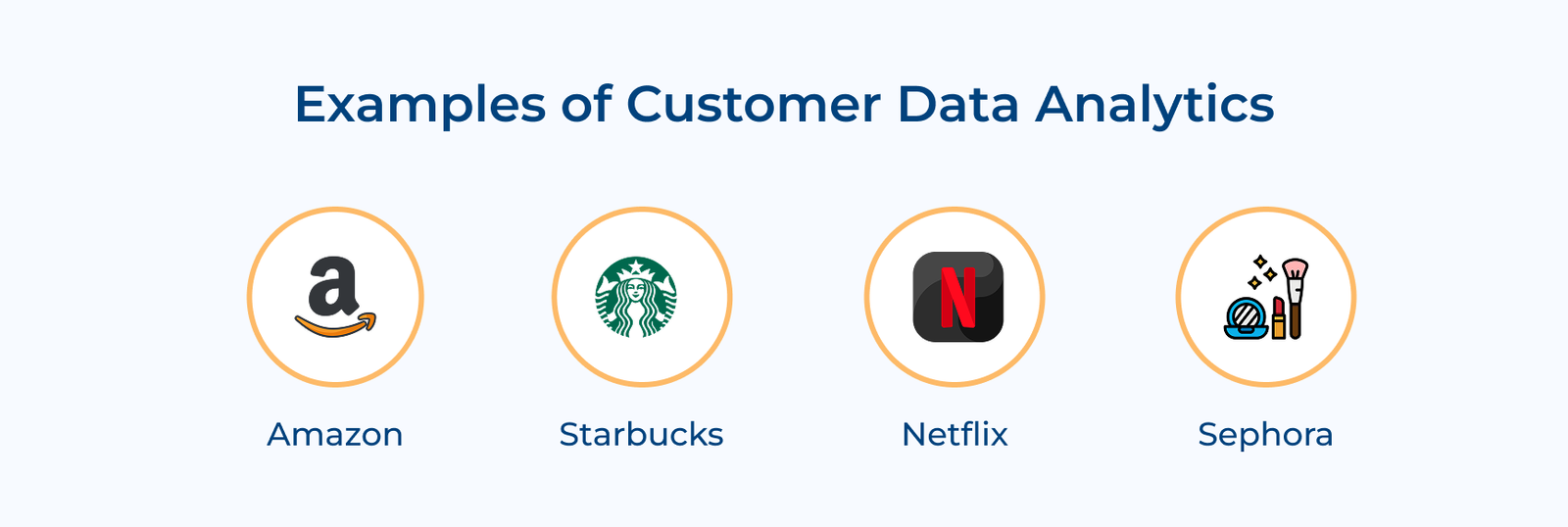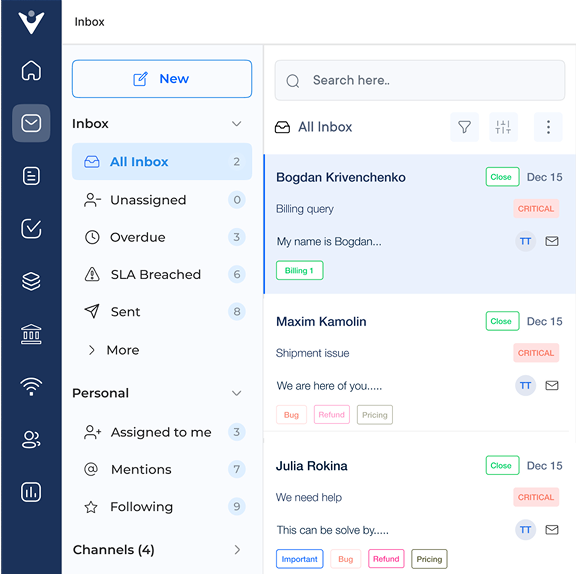1. Establish Goals and Which Tools to Use
Establishing goals and selecting the right tools is a fundamental best practice for collecting customer analytics data effectively. The approach ensures that the data collection process is aligned with the business objectives and provides actionable insights to drive growth. The first step is to define the business objectives and key metrics.
Once you have defined the objectives and data requirements, evaluate the appropriate data collection tools. Popular options include web analytics platforms (e.g., Google Analytics), customer relationship management (CRM) systems and survey tools. Consider factors such as ease of use, integration capabilities and scalability when choosing the right tools.
Key benefits:
- Alignment with business goals: Establishing clear objectives can help ensure that the collected data is relevant and supports decision-making processes.
- Efficient data collection: Identifying the specific types of customer data needed can help streamline the collection process. It reduces the risk of collecting unnecessary or irrelevant data, which can save time and resources.
- Improved data quality: Selecting the appropriate data collection tools can ensure that the collected data is accurate, consistent and reliable, leading to more valuable insights.
2. Capture Only the Data You Need
The approach ensures compliance with data privacy regulations, builds trust with customers and minimizes the risk of data breaches or misuse. Establish data governance policies that define what data should be collected, how it should be handled and who has access to it. The policies should be aligned with the business objectives and data privacy regulations.
An e-commerce company selling household products may only need to collect customer names, email addresses and purchase history to provide relevant offers. Collecting additional personal data, such as income levels or social media profiles, would be unnecessary and potentially violate data privacy regulations.
Key benefits:
- Enhanced data security: Limiting the amount of data collected can help to reduce the surface area for potential data breaches.
- Improved customer trust: Customers are more likely to trust businesses that are transparent about data collection practices and respect their privacy preferences.
- Regulatory compliance: Adhering to data minimization principles and obtaining proper consent helps ensure compliance with data privacy regulations.
3. Store Customer Data Safely
Storing customer data safely is a critical aspect of collecting and storing customer analytics data. Ensuring the security and privacy of sensitive information is not only a legal requirement but also essential for maintaining customer trust. Implementing robust data security measures is crucial. Encryption techniques should be employed to protect data both at rest and in transit, safeguarding it from unauthorized access.
Choosing a secure and reliable data storage solution is equally important. On-premises databases offer direct control over data storage measures. Cloud storage services, provided by reputable vendors, often come with built-in security features and compliance certifications.
Key benefits:
- Compliance with data privacy regulations: Implementing robust security measures helps businesses comply with regulations like GDPR and CCPA.
- Mitigation of data breach risks: Proper data storage and security measures significantly reduce the risk of data breaches. It prevents financial losses, legal liabilities and damage to the business’s reputation.
4. Clean and Categorize the Data
Cleaning and categorizing data is a crucial step in the process of collecting customer analytics data. The practice ensures that the data is accurate, consistent and organized, enabling meaningful insights. Duplicate entries can skew analysis results while missing or inconsistent data can lead to inaccurate conclusions.
An e-commerce business selling apparel could categorize customer data into demographic segments (age, gender, location), behavioral (browsing history) and transactional (purchases). Cleaning the data by removing duplicates and addressing missing or inconsistent information would ensure accurate analysis.
How to implement:
- Implement data validation rules: Define rules to identify duplicates, missing values and inconsistent data during the data collection processes.
- Leverage data cleansing tools: Utilize specialized data cleansing tools or scripts to automate the process of identifying and resolving data quality issues. It involves duplicates, inconsistencies and formatting errors.
- Establish a data governance framework: Develop a data governance framework that defines data standards, policies and processes for data cleansing. The framework should be regularly reviewed and updated to ensure data quality.
5. Look for Patterns and Actionable Takeaways
“Look for Patterns and Actionable Takeaways” is the ultimate goal of storing customer analytics data. The step involves analyzing the data to uncover valuable insights, identify customer behavior patterns and derive actionable recommendations. Businesses can employ various analytical techniques such as descriptive analytics and data visualization tools.
Identifying customer behavior patterns and trends can help businesses gain a deeper understanding of their customer’s preferences. The knowledge can then be leveraged to derive insights for product or service improvements and enhanced customer experiences.
Pro tips:
- Leverage advanced analytics tools and techniques: Invest in robust data analytics tools. Explore advanced techniques like machine learning to uncover deeper insights and more complex patterns within the customer data.
- Promote a data-driven culture: Encourage a data-driven mindset throughout the organization. Provide training and ensure that data-driven decision-making is ingrained in the company’s processes.
Applications of Customer Data Analytics in Different Industries
Let us understand how the transformative application of data analytics impact different industries:






